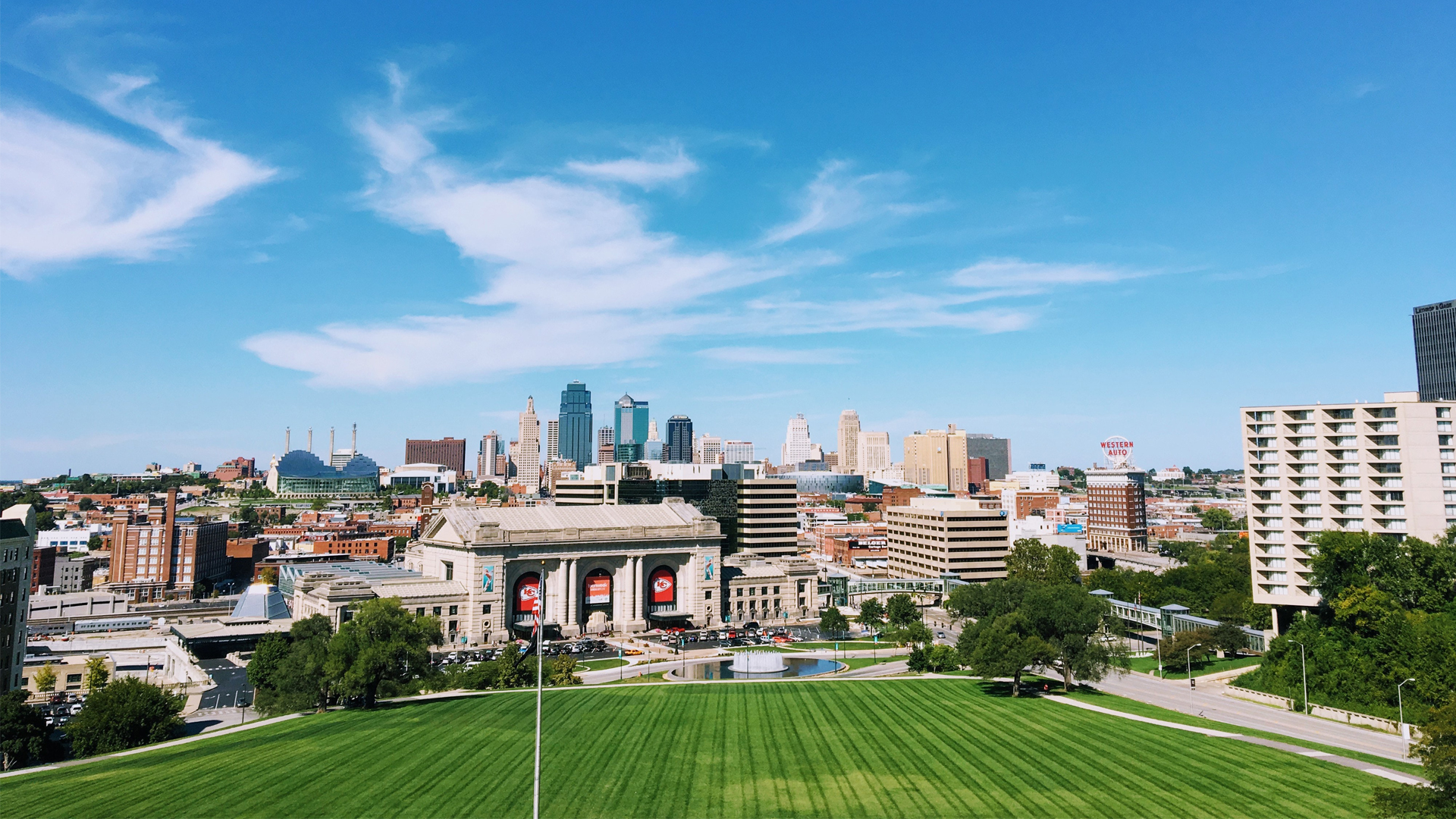Kansas City, known as the heart of America, is another great American city where you would least expect to find a vibrant Italian enclave. Much like the influx of immigration in the northeastern states, Italians left their native land in search of new opportunities for a better life and found a home in the Midwest. Columbus Park, the North End, or the River Market have been neighborhoods long associated with “Little Italy” of Kansas City.
The first wave of Italian immigrants came to Kansas City in the 1860s in search of work opportunities. Many of these Italians were from the island of Sicily. With the height of Italian immigration growing in the 1890s, Italians came to Kansas City in droves bypassing the northeastern cities. By 1920, nearly 10,000 Italians moved to Kansas City in an area called “The North End” known as Columbus Park today. The northern side of Kansas City was attractive to new immigrants due to the nearby meatpacking and garment districts where many of them found work. As Italians settled into their new home, they opened their own businesses like grocery stores, restaurants, barber shops, and bakeries.

Establishing a parish in the heart of Columbus Park was essential for the new immigrant community. Founded in 1891, the Scalabrini Brothers established an Italian church, Holy Rosary Church, with intentions to be inclusive of all immigrant groups. In 1903, Holy Rosary Church burned down and was rebuilt at the end of the same year. After enduring so much in its history, the church continues to host baptisms, weddings, St. Joseph celebrations and other community events.
Across the street from Holy Rosary Church, the Don Basco Community Center was built in 1940 as a place where Italian families could gather together and served as a place for new immigrants to acclimate to American life. The center was named after the patron saint of Italian youth. The Don Basco Community Center was the setting where families could participate in sports, sewing classes, boxing lessons, and other family-oriented activities.
By the 1950s, the great success and peak of the North End neighborhood would plateau. New infrastructure, such as the construction of the Interstate 35 highway, caused the North End to shrink in size. In the late 1960s, as younger generations moved out of the neighborhood, the North End was voted by the city to be renamed to Columbus Park.
AJ Forrisi
Assistant Editor for America Domani, AJ Forrisi is a Brooklyn-based writer and photographer. His work focuses on food, travel, sports, landscapes, and urban scenes. You can find him on Instagram @aj.photo.works.


